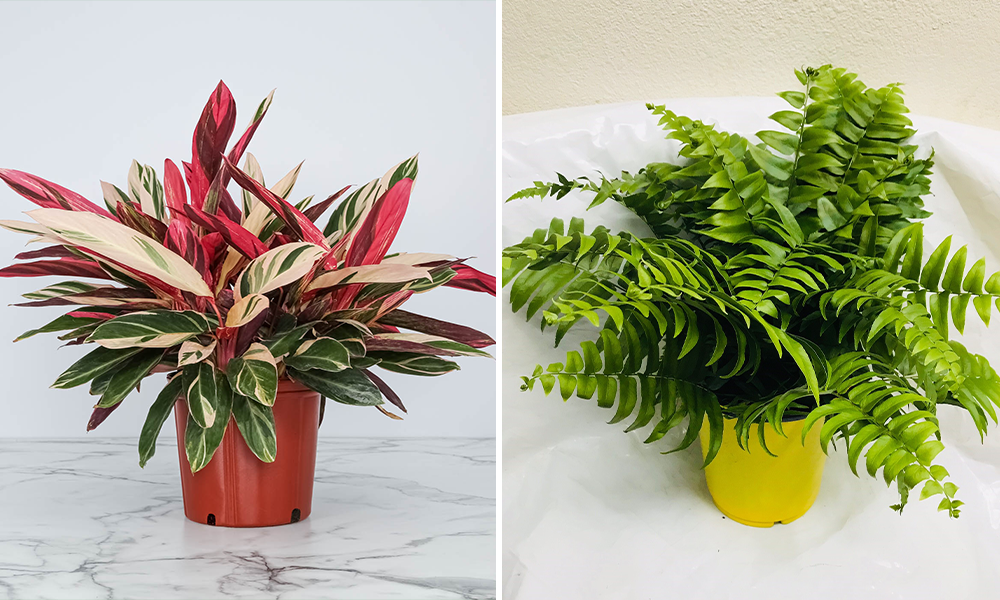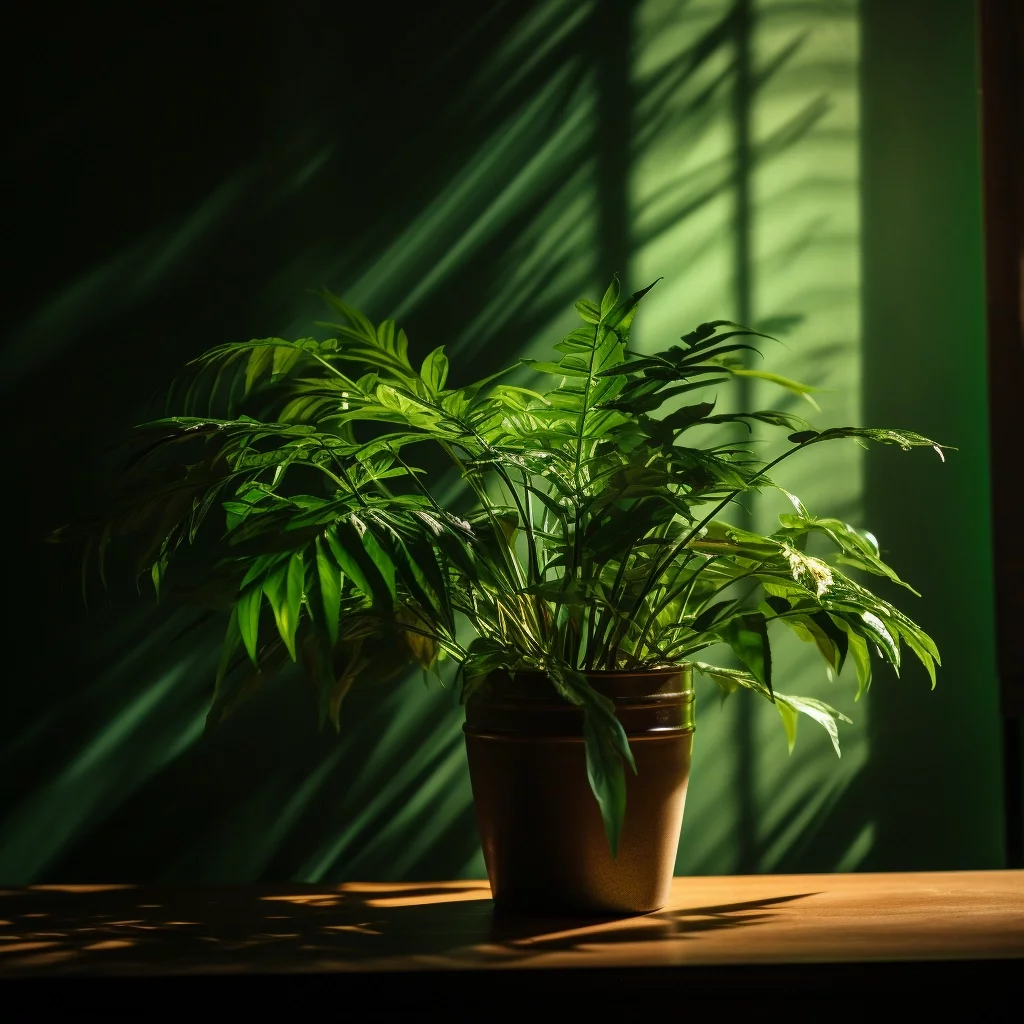A Guide to the Best Low-Light Indoor Plants for Small Spaces
A Guide to the Best Low-Light Indoor Plants for Small Spaces
Blog Article
Transform Your Home With Beautiful Low-Light Indoor Plants and Their Benefits
Including low-light interior plants into your home can substantially boost both the visual and ecological high quality of your living rooms. These plants, which prosper in dark problems, offer not just as attractive components yet likewise as natural air purifiers, making them ideal for city occupants or those with limited sunshine exposure. As we explore the numerous kinds of low-light plants and their advantages, you may discover unexpected ways to incorporate them right into your home that can change your environments in methods you might not have actually prepared for.
Benefits of Low-Light Plants
Low-light plants offer countless benefits for indoor atmospheres, making them an outstanding choice for both novice and seasoned garden enthusiasts. One of the main benefits is their flexibility to low-light conditions, allowing people to improve their space without the requirement for substantial sunlight direct exposure. This characteristic makes them suitable for houses, offices, and various other areas with limited natural light.

Moreover, incorporating low-light plants into home design can raise the aesthetic allure of a room. Their lavish vegetation and differed structures create a soothing environment, adding to overall well-being. The visibility of plant has been linked to lowered anxiety degrees and improved productivity, making low-light plants a sensible selection for enhancing both psychological and physical health and wellness in indoor setups.
Leading Low-Light Indoor Plants
While many interior plants thrive in intense light, a number of varieties are especially fit for low-light conditions, making them suitable for different interior spaces. One prominent selection is the Serpent Plant (Sansevieria), understood for its striking upright fallen leaves and resilience, requiring very little treatment. An additional outstanding alternative is the Pothos (Epipremnum aureum), which includes heart-shaped leaves and can trail perfectly from shelves or wall mounts, flourishing in reduced light and including a lavish touch.
The ZZ Plant (Zamioculcas zamiifolia) is commemorated for its glossy leaves and capability to hold up against neglect, making it perfect for active lifestyles. The Tranquility Lily (Spathiphyllum) not just tolerates low light but also produces magnificent white blooms, enhancing any kind of area's visual.
For an one-of-a-kind touch, consider the Cast Iron Plant (Aspidistra elatior), which undoubtedly lives up to its name, flourishing in the darkest corners of your home. Last but not least, the Chinese Evergreen (Aglaonema) provides a selection of leaf patterns and colors while being exceptionally forgiving in low-light problems. These plants not only improve indoor environments however likewise add to air purification, boosting your home.
Care Tips for Low-Light Plants

Watering practices are crucial; these plants usually choose a little dry problems. Overwatering can cause root rot, so ensure that the leading inch of dirt is dry prior to sprinkling again. Usage pots with drainage openings to permit excess wetness to run away.
Humidity is one more important aspect. Many low-light plants, such as ferns and tranquility lilies, take advantage of higher humidity degrees. To increase humidity, take into consideration misting the leaves or putting a tray of water near the plants.
Fertilizing should be approached with care. During the growing period, make use of a weakened, well balanced fluid fertilizer monthly additional resources to sustain development, however avoid feeding during the inactive cold weather.

Creative Ways to Show Plants
Interior plants can work as exciting focal factors in any room, improving both aesthetic charm and atmosphere. Innovative screens can raise the aesthetic impact of low-light plants, making them an essential part of your home design. One efficient technique is to utilize tiered plant stands, which allow you to display multiple plants at differing elevations while taking full advantage of floor area.
Hanging planters are one more ingenious option, creating a sense of deepness and attracting the eye up. Take into consideration macramé wall mounts or wall-mounted shelves to present an one-of-a-kind appearance and design.
For a much more structured approach, usage geometric terrariums or glass containers to house your plants, including a contemporary touch to your indoor garden. You can likewise repurpose classic items, such as teacups or wood cages, for an eclectic display screen that mirrors your character.
Enhancing Home Ambiance With Plants
Integrating low-light plants right into your home not just improves visual allure however also contributes considerably to the overall atmosphere. These plants act as all-natural design elements, presenting a feeling of harmony that can transform any type of room. The visibility of greenery cultivates a soothing ambience, which is especially helpful in high-stress environments such as home workplaces or living spaces.
Low-light plants, such as serpent plants, pothos, and ZZ plants, are not only cosmetically pleasing yet likewise improve interior air quality by filtering pollutants. This double feature improves the ambiance additionally, developing a healthier space (Best low-light indoor plants). The tactical positioning of these plants can likewise influence the assumption of area; for circumstances, tall plants can attract the eye upwards, making ceilings appear greater and rooms a lot more roomy
In addition, varying structures and colors of foliage add depth to interior decoration, permitting imaginative expression in home styling. Whether positioned on shelves, in edges, or as centerpieces, low-light plants can elevate the state of mind of any kind of area. you could try here In summary, including these plants right into your home is an effective method to cultivate a cozy, inviting ambience while profiting of enhanced air top quality and aesthetic flexibility.
Final Thought
Integrating low-light indoor plants right into home environments offers countless advantages, including boosted visual charm and improved air high quality. These durable plants, such as the Snake Plant and Tranquility Lily, need minimal light and upkeep, making them appropriate for diverse lifestyles.
While lots of indoor plants grow in brilliant light, several species are especially well-suited for low-light problems, making them suitable for different indoor areas. One effective approach is to make use of tiered plant stands, which enable you to showcase several plants at differing heights while taking full advantage of floor area.
Low-light plants, original site such as snake plants, pothos, and ZZ plants, are not just aesthetically pleasing but also enhance interior air quality by filtering system pollutants. Best low-light indoor plants. The calculated placement of these plants can likewise influence the perception of area; for instance, tall plants can attract the eye upward, making ceilings appear greater and rooms much more sizable
These resilient plants, such as the Snake Plant and Tranquility Lily, need minimal light and upkeep, making them suitable for diverse way of livings.
Report this page